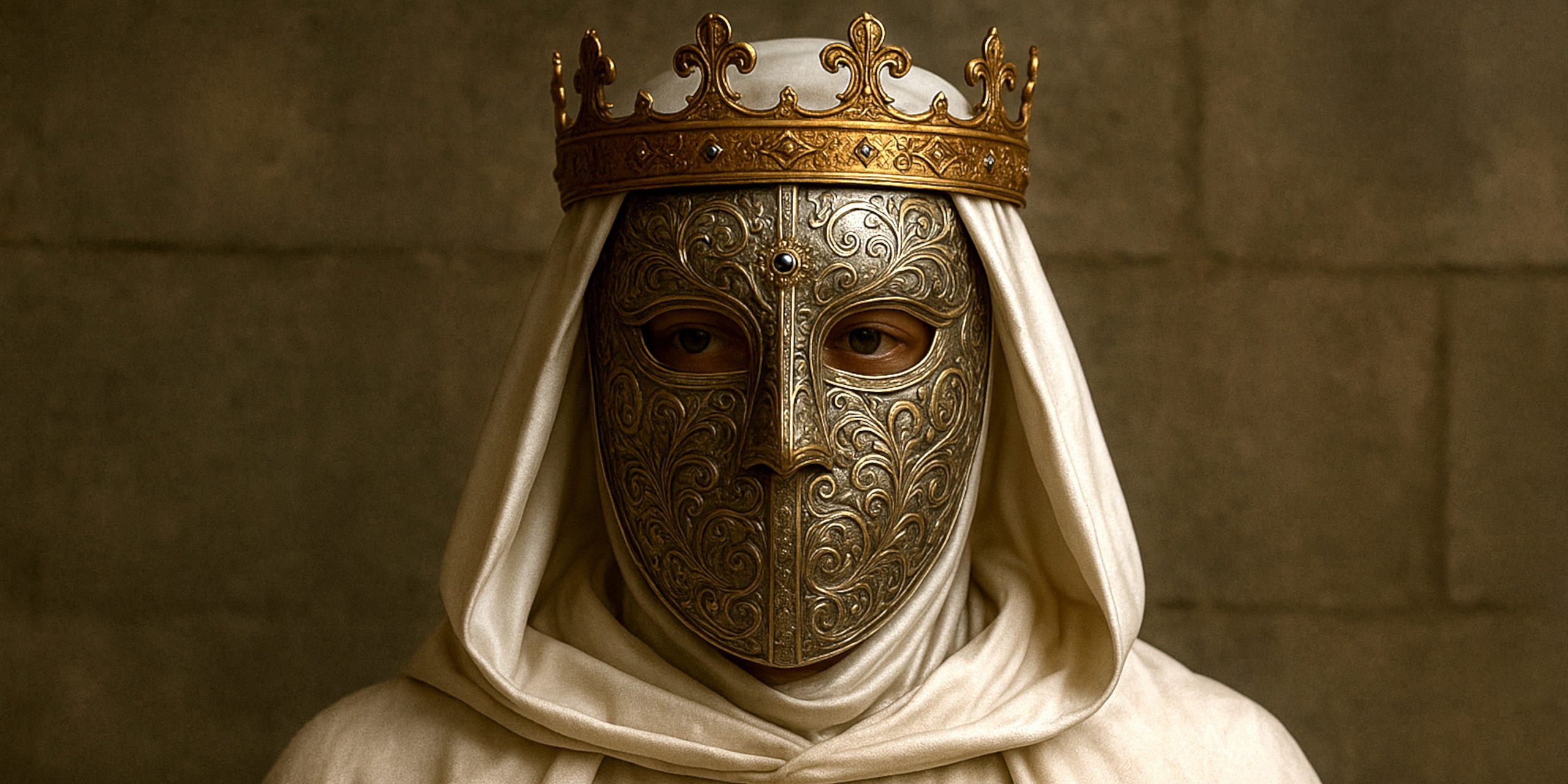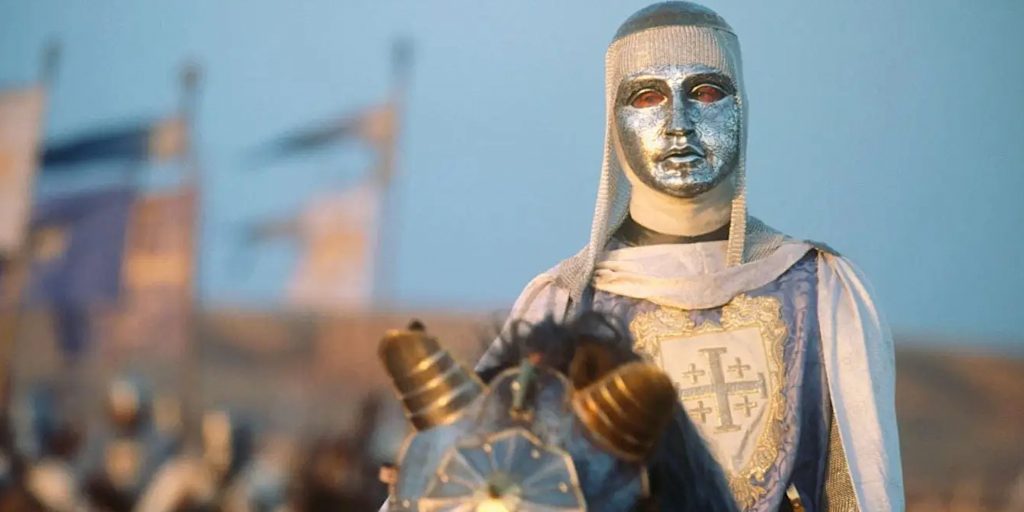
How Baldwin IV of Jerusalem is portrayed in cinema compared to historical reality
Baldwin IV of Jerusalem, often remembered as the “Leper King,” has long been a figure of fascination due to his brief but significant reign during the Crusades and his battle with leprosy. While his portrayal in Ridley Scott’s Kingdom of Heaven introduced him to a wider audience, the film took several creative liberties. This article compares the historical record with his cinematic depiction.
Historical Baldwin IV: A Capable and Complex Ruler
Baldwin IV was born in 1161 and diagnosed with leprosy as a child. Despite his condition, he ascended the throne of Jerusalem in 1174 and ruled until his death in 1185. Contemporary chroniclers like William of Tyre described him as intelligent, determined, and politically astute. Far from being a passive figurehead, Baldwin took active roles in governance and military matters.
He famously led campaigns against Saladin and scored a significant victory at the Battle of Montgisard in 1177, where his small force surprised and routed a much larger Ayyubid army. Despite worsening health, he maintained political control through careful regency appointments and worked to preserve stability during a time of increasing factionalism.
Film Portrayal in Kingdom of Heaven (2005)

In Ridley Scott’s Kingdom of Heaven, Baldwin IV is played by Edward Norton and presented as a philosophical, tragic monarch. He wears a silver mask throughout, adding to his mystique. The character is soft-spoken, often melancholic, and appears to have limited influence over events.
While the performance is compelling, this version of Baldwin diverges significantly from the historical figure. The film shows him as a symbolic presence more than a decision-maker, downplaying his military acumen and underplaying the real Baldwin’s direct involvement in politics and battle.
Key Differences
| Aspect | Historical Baldwin IV | Film Version |
|---|---|---|
| Health | Progressively debilitating leprosy, hidden for years, eventually affected mobility | Constantly masked and portrayed as physically weak from the outset |
| Political Role | Actively ruled and appointed key regents; opposed Guy of Lusignan’s rise | Portrayed as mostly philosophical and resigned to fate |
| Military Leadership | Commanded forces at Montgisard and other conflicts | Shown as too frail to lead armies directly |
| Relationship with Guy of Lusignan | Attempted to remove him from succession due to poor judgement | Shown as passively accepting Guy’s rise |
| Personality | Described as intelligent, determined, and politically aware | Portrayed as gentle, wise, and mournful |
The Mask: Symbol or Fiction?
One of the most visually striking elements in the film is Baldwin’s silver mask. There is no evidence he wore such a covering in real life. While it’s plausible he may have used cloth to cover disfigurement in later years, the ornate mask is an invention of cinema, meant to evoke dignity and tragedy. Contemporary accounts mention visible symptoms but do not describe any facial covering of that kind.
Legacy vs Cinematic Myth
The film paints Baldwin as a doomed philosopher-king, which serves the narrative of Kingdom of Heaven but strips away much of what made him historically significant. Baldwin IV was not just a tragic figure dying young but a determined monarch who managed to hold a crumbling kingdom together against considerable odds.
His political manoeuvring delayed the fall of Jerusalem and held Saladin at bay. His reign was marked by real leadership, not passive symbolism.
The Seven Swords Takeaway
While Kingdom of Heaven introduces Baldwin IV to a modern audience with stylistic flair, it sacrifices historical accuracy for mood and drama. The real Baldwin was far more hands-on, defiant in the face of his illness, and a critical player in the final years of the Crusader Kingdom of Jerusalem. Understanding the difference adds weight to his legacy and gives credit to a ruler who endured both illness and politics with remarkable resilience.
Watch Kingdom of Heaven scenes featuring King Baldwin IV:



